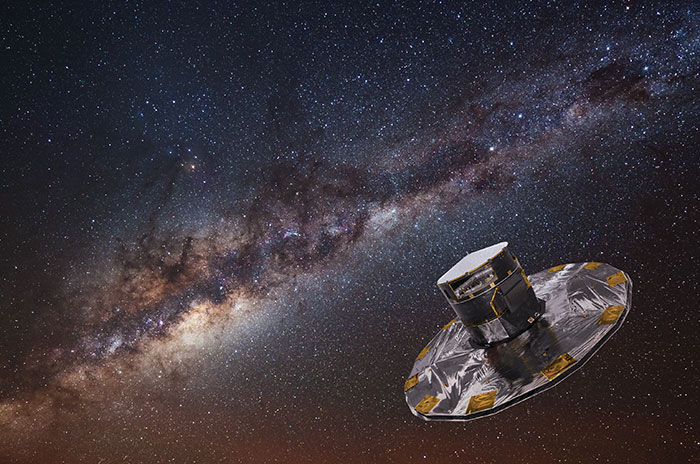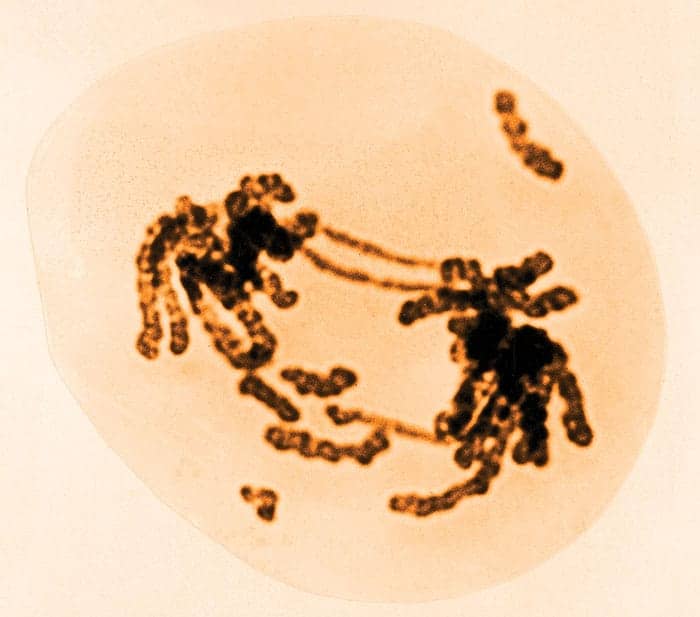Physics World September 2016
Breathe easy: how breath can reveal crowd behaviour
The cover story this month reveals the fascinating new field of “crowd breath research”, which can shed light on how cinema audiences react during the changing scenes in a movie. The issue also shows how to do crystallography without crystals, explains how first data from the Gaia spacecraft could revolutionize astronomy, and contains Robert P Crease’s Critical Point column on why science denial is one of the most important issues in the US presidential campaign.
Expand to full screen, bookmark pages or download a PDF to read offline using the icons beneath the screen. Read it now
You can read selected articles from the September 2016 issue of Physics World in HTML format
Want even more from Physics World?
Get more from Physics World without waiting for the next issue. The same great journalism, but delivered to you daily. Read updates on the latest research as soon as they happen and access more than 25 years of online content, organized across 15 dedicated scientific areas. Visit the homepage to start exploring.





